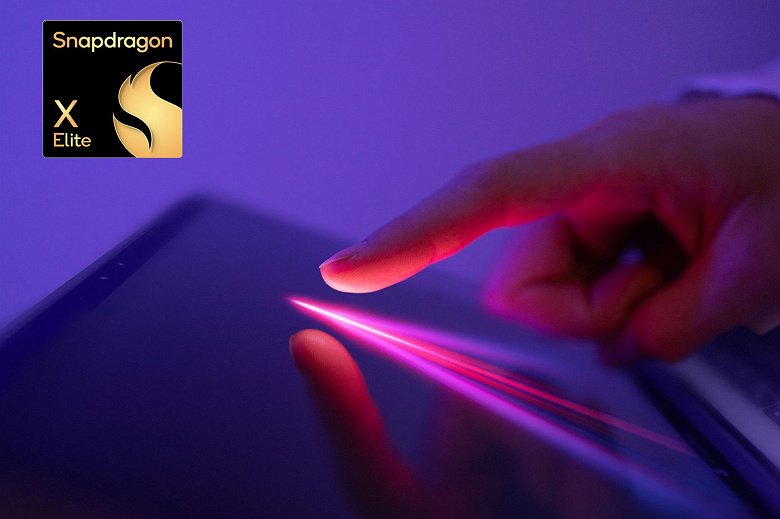Where is the advertised energy efficiency?
After yesterday's news about Qualcomm's deception, it is no longer a fact that it will change the PC market with its Snapdragon X SoC, but the company has definitely already gotten into a scandal. And new data on the high consumption of new platforms adds fuel to the fire.
The company never claimed that the Snapdragon X Elite would consume very little power, but we were told there were two base power limits: 28W and 80W. This is a very big difference, but in general we have been seeing something similar among x86-bit mobile CPUs for a long time. New data suggests that the actual power consumption of the Snapdragon X Elite can reach almost 100 W, and this is only for the processor part!
According to Android Authority, the power limit for the processor part of the Snapdragon X Elite X1E-84-100 alone is 98.5 W. More precisely, this is the maximum figure for 95% of all platforms that will be released, and laptop manufacturers can configure the platforms to consume less power. There is no talk of any 28 W. Moreover, even for the younger Plus model, whose indicator is 42.52 W.

For comparison, the processor part of the Apple M3 Pro consumes about 42 W, the M2 Pro consumes about 55 W, and the Core Ultra 7 155H consumes about 80 W. These are maximum values and only for the CPU.
That is, it cannot be said that Qualcomm’s new products are completely out of the market, but the comparison with Apple platforms is outright inferior, and the comparison with Intel CPUs is not in favor of Snapdragon. But at the presentation Qualcomm focused primarily on energy efficiency.

